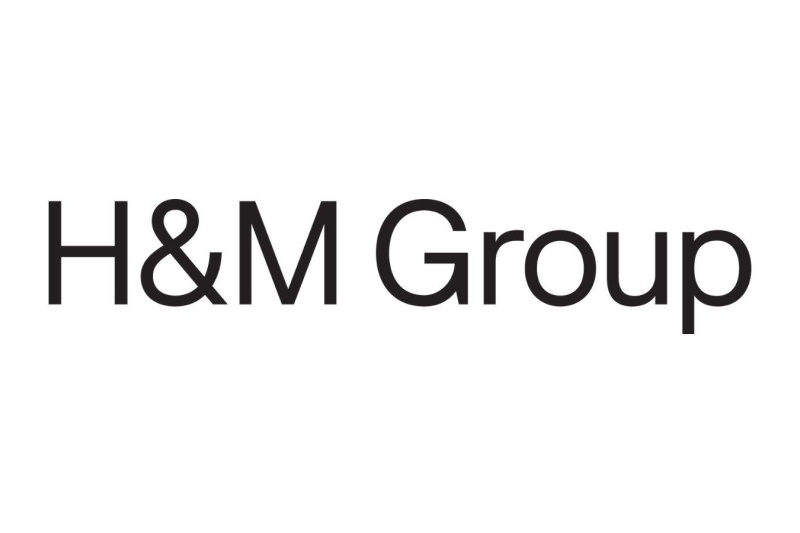
The Corporate Net-Zero Standard
The SBTi’s Corporate Net-Zero Standard provides the guidance and tools companies need to set science-based net-zero targets. This flagship Standard is currently undergoing major revision.
"The Net-Zero Standard gives companies a clear blueprint on how to bring their net-zero plans in line with the science, which is non-negotiable in this decisive decade for climate action. Because we are running out of time." Johan Rockström Director of the Potsdam Institute for Climate Impact Research (PIK) and Professor in Earth System Science at the University of Potsdam
The SBTi’s Corporate Net-Zero Standard is the world’s only framework for corporate net-zero target setting in line with climate science. It includes the guidance, criteria, and recommendations companies need to set science-based net-zero targets consistent with limiting global temperature rise to 1.5°C.
Following SBTi’s Standard Operating Procedure for the Development of SBTi Standards and adhering to the regular review cycle that must happen every two to five years, the Corporate Net-Zero Standard is currently undergoing major revision. Learn more about the development process.
Why set a science-based net-zero target?
The Corporate Net-Zero Standard provides a common, robust, science-based understanding of net-zero. It gives business leaders clarity and confidence that their near- and long-term decarbonization plans are aligned with climate science.
Net-zero pledges now cover 92% of GDP and 88% of emissions worldwide. Despite this, the definition of net-zero and the path to get there has been interpreted in different and inconsistent ways.
Without a common definition, targets can differ in terms of the emissions sources included and the depth and speed of emissions reductions. This has fuelled confusion and accusations of greenwashing.
The SBTi’s Corporate Net-Zero Standard addresses this problem by providing a clear, consistent and science-based definition of net-zero. By aligning with this Standard, companies can set science-based net-zero targets to demonstrate their climate action leadership and their commitment to ensuring a habitable planet for all.
Key components of the Corporate Net-Zero Standard
- Near-term targets: Rapid, deep cuts to direct and indirect value-chain emissions must be the overarching priority for companies. Companies must set near-term science-based targets to roughly halve emission before 2030. This is the most effective, scientifically-sound way of limiting global temperature rise to 1.5°C.
- Long-term targets: Companies must set long-term science-based targets. Companies must cut all possible - usually more than 90% - of emissions before 2050.
- Neutralize residual emissions: After a company has achieved its long-term target and cut emissions by more than 90%, it must use permanent carbon removal and storage to counterbalance the final 10% or more of residual emissions that cannot be eliminated. A company is only considered to have reached net-zero when it has achieved its long-term science-based target and neutralized any residual emissions.
- Beyond Value Chain Mitigation (BVCM): Businesses should invest now in actions to reduce and remove emissions outside of their value chains in addition to near- and long-term science-based targets. Please refer to the BVCM page and resources for details.
Emma Watson, the SBTi's Head of Standards, explains the key features of the Corporate Net-Zero Standard.
Key strengths of the Corporate Net-Zero Standard
- Completeness: The target covers all material sources of emissions across company value chains.
- Early Action: The near-term target delivers immediate action in line with climate science.
- Ambition: The target leads to mitigation consistent with limiting warming to 1.5°C in line with robust climate scenarios.
- Timeframe: Companies must commit to reaching net-zero by 2050 at the latest.
- Accountability: The target will be subject to a robust and independent accountability framework.
Who can set a net-zero target?
The Corporate Net-Zero Standard is intended for companies that wish to set science-based net-zero targets through the SBTi.
SMEs can set net-zero targets by using the Corporate Net-Zero Standard or a tailored route. Read the SME FAQ for more information.
This Standard does not cover net-zero targets for financial institutions. The SBTi is developing the first global standard for net-zero targets in the financial sector.
How to set a net-zero target
Corporates can follow the SBTi’s established target-setting process to commit to and set science-based targets.
Companies are invited to commit to set net-zero targets by signing the SBTi Commitment Letter. To submit your net-zero target for validation, use the SBTi Target Validation booking system, or for SMEs, use the SME target setting system.
Companies can also use the SBTi Criteria Assessment Indicators (CAI) to understand the relevant criteria by sector or target type. The CAI consolidates all criteria across SBTi resources, providing businesses with verifiable control points to use when developing science-based targets. It also provides clear and concise descriptions of the minimum documentation required to demonstrate alignment with each criteria point.
"We need bold but credible net-zero plans from companies. If you are a business leader who wants to walk the talk, I encourage you to align your company's climate strategy with what is required by science.” Mads Nipper CEO, Ørsted,
Development of the Standard
Development of the Corporate Net-Zero Standard V1.0 followed a thorough, inclusive, and transparent process. The process benefitted from input and expertise from a diverse range of stakeholders and close consultation with an independent Expert Advisory Group formed of experts from academia, civil society, science and business. The SBTi is currently undertaking a major revision to the Corporate Net-Zero Standard (V2.0).
Resources
To support the target-setting process, the SBTi has developed key guidance materials. These were drafted, tested, and refined in collaboration with our partners and contributors from the scientific, business and civil society community.
Corporate Net-Zero Standard: Provides guidance, criteria and recommendations to support corporates in setting net-zero targets through the SBTi.
Corporate Net-Zero Standard Criteria: The criteria companies' net-zero targets must conform with to be validated as science-based by the SBTi (V1 is also available in Japanese).
Corporate Near-Term Criteria: The criteria companies' near-term targets must conform with to be validated as science-based by the SBTi
Getting Started Guide: A simple, step-by-step flowchart to help companies understand how to set net-zero targets in their specific situation.
Corporate Net-Zero Tool: Target-setting tool to calculate long-term SBTs in line with the Corporate Net-Zero Standard.
Corporate Near-Term Tool: Target-setting tool to calculate near-term SBTs in line with the Corporate Near-Term Criteria and the Corporate Net-Zero Standard.
Above and Beyond: An SBTi report on the design and implementation of beyond value chain mitigation (BVCM): Report that aims to support companies in the design and implementation of BVCM strategies to finance climate action
Raising the Bar: An SBTi report on accelerating corporate adoption of BVCM: Report that explores the business case for BVCM
Pathways to Net-Zero: This technical summary documents the SBTi’s approach to determining 1.5ºC-aligned pathways for target-setting.
SBTi Glossary: A list of terms and definitions, and of acronyms used in the SBTi's technical resources.
Minor resource update - March 2024
The SBTi released updated versions of its Corporate Net-Zero Standard (V1.2), Corporate Near-Term Criteria (V5.2), and related resources (e.g. Corporate Net-Zero Tool and Corporate Near-Term Tool) in March 2024. These updated versions are minor revisions and they do not impact validation decisions.
The aim of this minor revision was to improve the overall quality and usability of SBTi standards and related technical resources by clarifying existing criteria and recommendations, consolidating content and ensuring consistency across SBTi technical resources. Changes to note are: the retirement of the Corporate Manual as a standalone document, the creation of an SBTi Glossary that collects terms and definitions used within SBTi technical resources, the change in title of the “SBTi Criteria & Recommendations for Near-term targets” to “Corporate Near-Term criteria”. For a full list of the changes made, please refer to the Main Changes Document.
Background resources
Launch of the Net-Zero Standard webinar and slides.
Blog posts
- Science-Based Net-Zero Targets: ‘Less Net, more Zero’
- The SBTi Net-Zero Standard: A beacon of light
- Going Above and Beyond to Contribute to Societal Net-Zero
- Net-Zero: Urgent Beyond Value Chain Mitigation Is Essential
- Net-zero ambition 500: companies across the globe committed to leading the science-based net-zero transformation
The Net-Zero Standard: A deep dive into setting corporate science-based net-zero targets webinar
Foundations for net-zero target-setting in the corporate sector
Contact
To find out more about the Corporate Net-Zero Standard, email info@sciencebasedtargets.org or sign up to receive our SBTi newsletter.



